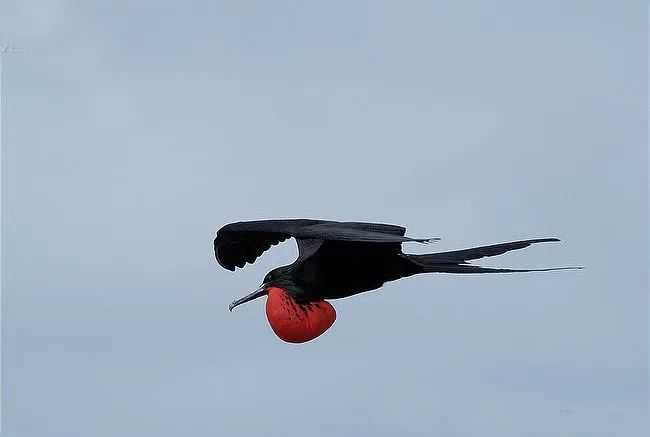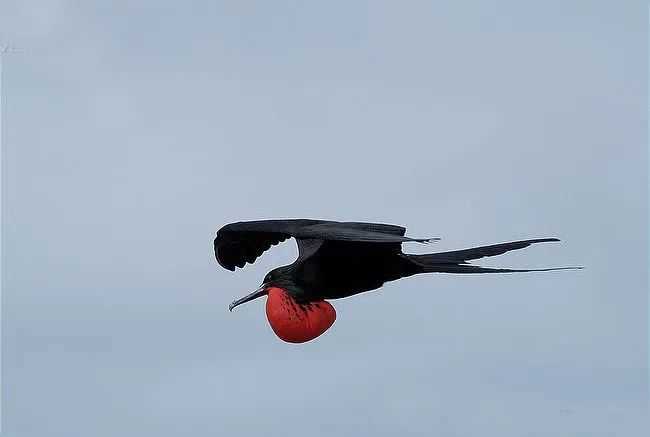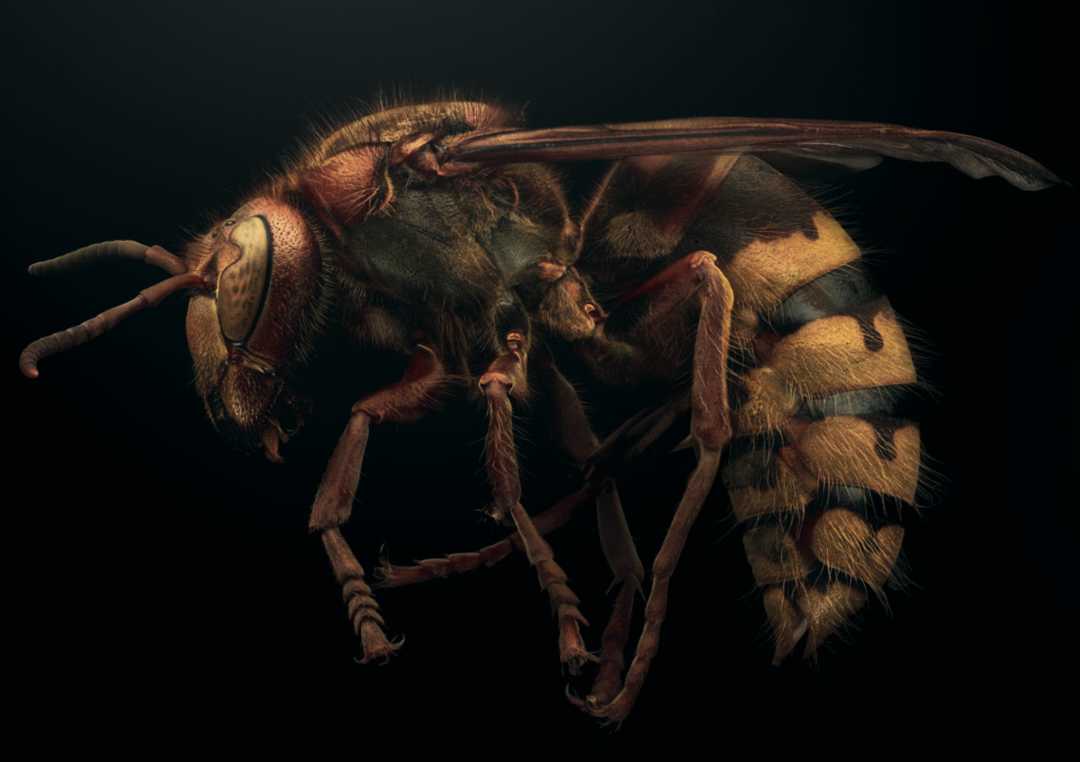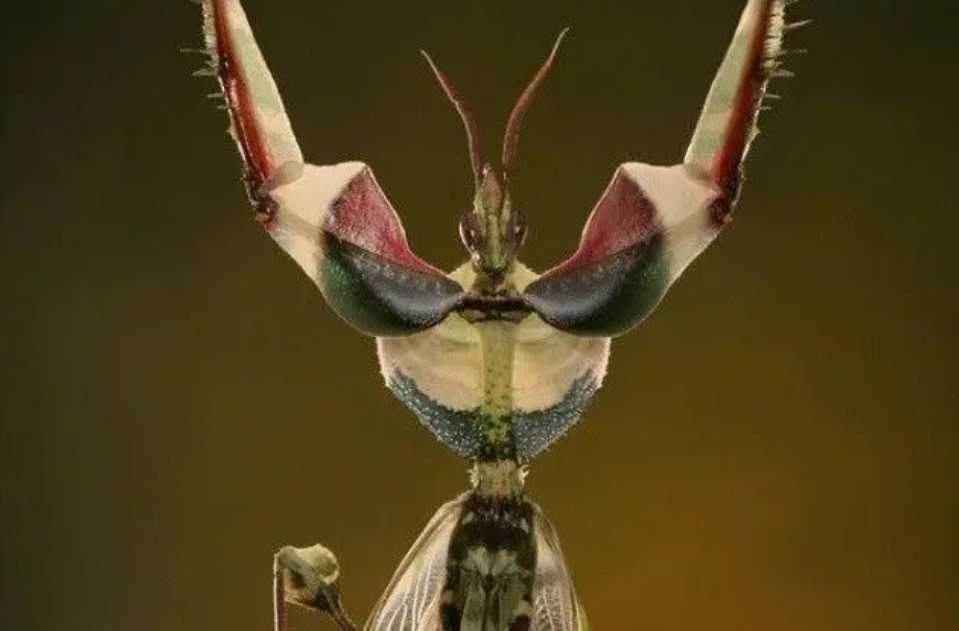The Frigatebird: Tropical Oceans’ Aerial Pirates and Sleep-in-Flight Specialists
Living primarily in tropical oceans, frigatebirds boast wingspans exceeding 2 meters, with males sporting a distinctive red throat pouch that inflates like a scarlet balloon during courtship. These avian marvels are renowned for their ability to fly continuously for two months without touching water—even sleeping mid-air.

Source: Images from the Internet, if there is any infringement, please contact the removal of
A 2016 study in Nature Communications revealed their extraordinary sleep strategy: frigatebirds engage in unihemispheric sleep, shutting down one brain hemisphere while the other stays alert. They even experience brief periods of whole-brain sleep lasting several seconds, all while maintaining flight altitude and direction. This allows them to navigate vast oceanic expanses without descending to the water’s surface.
Their flight adaptations are evolutionary masterpieces: lightweight bones, long narrow wings, and a streamlined body enable them to harness wind currents for days on end. "Frigatebirds are nature’s ultimate gliders," says ornithologist Dr. Maria Torres. "They ride updrafts from thunderstorms and soar above trade winds, expending almost no energy as they traverse thousands of kilometers."
The red throat pouch of males serves a dual purpose: a visual signal to attract mates and a thermoregulatory tool in tropical heat. During courtship, males inflate the pouch to impressive sizes, creating a vibrant display against the ocean backdrop. "It’s like a living billboard shouting ‘fitness’ to passing females," notes evolutionary biologist Dr. James Okello.
While they excel in the air, frigatebirds face challenges at sea—their feathers aren’t waterproof, so they avoid landing on water. Instead, they snatch prey from the surface or harass other seabirds to steal their catches, earning the nickname "pirates of the sky."
Conservation efforts focus on protecting nesting colonies from human disturbance. For researchers, studying their sleep patterns has unlocked insights into avian physiology. "Watching a frigatebird circle high above the ocean, it’s easy to forget it might be napping mid-flight," says photographer Maya Singh. "In the vast blue expanse, these birds prove that nature’s innovations know no bounds—even sleep can be reimagined as a tool for survival in the sky."
-------- END --------






